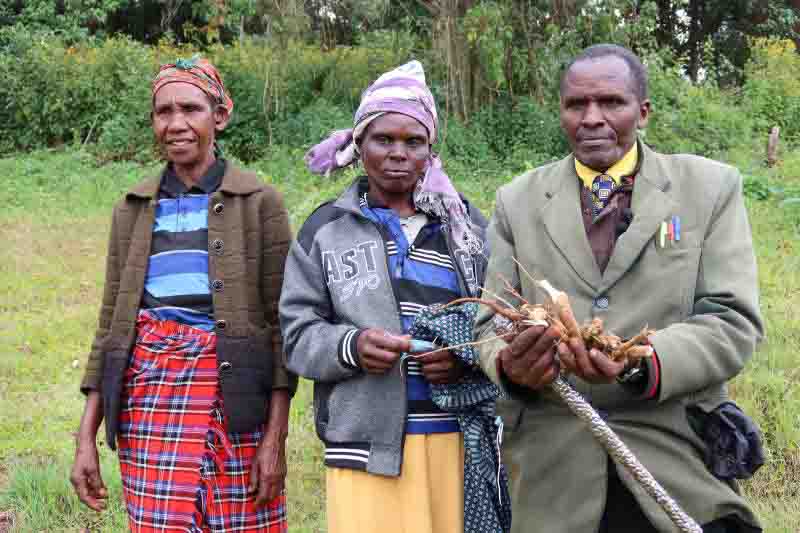
Eveline Langat rummages through the bushes along a trail within the forest at Kapkembu, South-Western Mau, as she chats with a Kenya Forest Service officer. Once in a while, she pulls twigs and stuffs them in a bag, an activity she has engaged in almost her entire life as a traditional medicine woman.
Eveline is from the Ogiek community and can barely recall the times she has been to a hospital. In her 50s, she has grown to learn the traditional art of collecting herbs in the forest, particularly those targeted at healing children and women. “As a traditional medicine woman, this is my job. I come here to collect herbs almost every day. I have customers across several villages who require my services,” Eveline says.